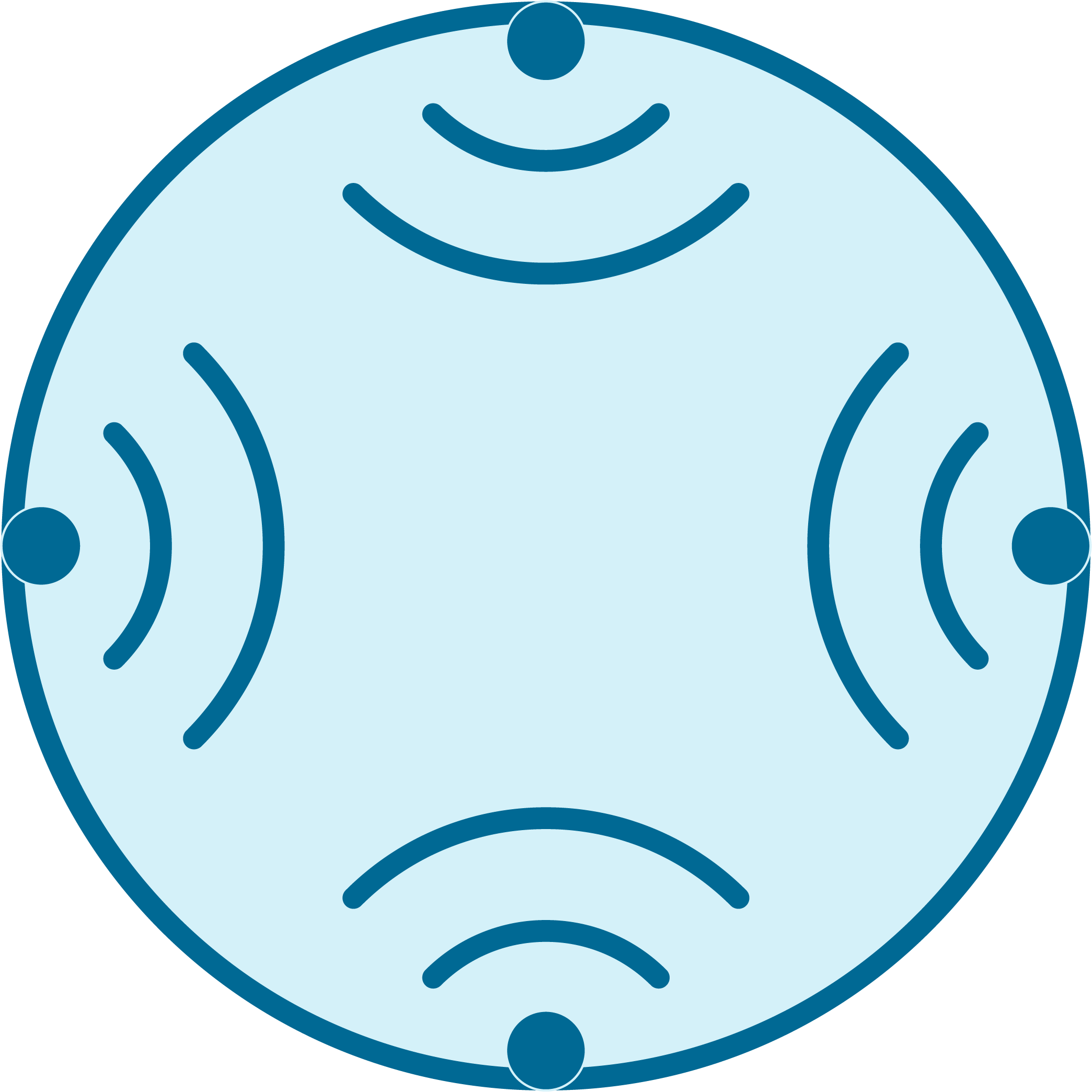How can ultrasound technology help improve larval fish health and welfare?
Researchers at HatcheryMatch project partner University of Malta have been conducting experiments since the start of the project to search for answers to this compelling question. The buildup of potentially harmful pathogens is a common occurrence when growing fish at the hatchery and nursery stages as a result of high larval fish densities, increased nutrient load when using live feeds, and difficulty in removing excess feed and solid waste without damaging the larvae. To test the disinfection capacity of ultrasound technology at the laboratory scale, researchers have built an aseptic recirculation system and selected a group of commercially relevant aquaculture pathogens to identify. The system is connected to both ultrasound and UV disinfection units, allowing for the testing of both ultrasound only and combined disinfection as well as the identification of individual bacteria species. The effects of ultrasound on water chemistry and bacteria physiology and biochemical makeup are also being explored.
We can’t wait to see the results of these experiments and to see this technology in action at a larger scale!
For more updates on our project visit our LinkedIn.
Project HatcheryMatch funded by the Malta Council for Science and Technology through the Sino-Malta Fund 2020 (Science and Technology Cooperation). An Automated Marine Fish Hatchery with Innovated Water Recirculation Technologies (HatcheryMatch, Grant No. 2020YFE0108700, also funded by the Ministry of Science and Technology, China.



